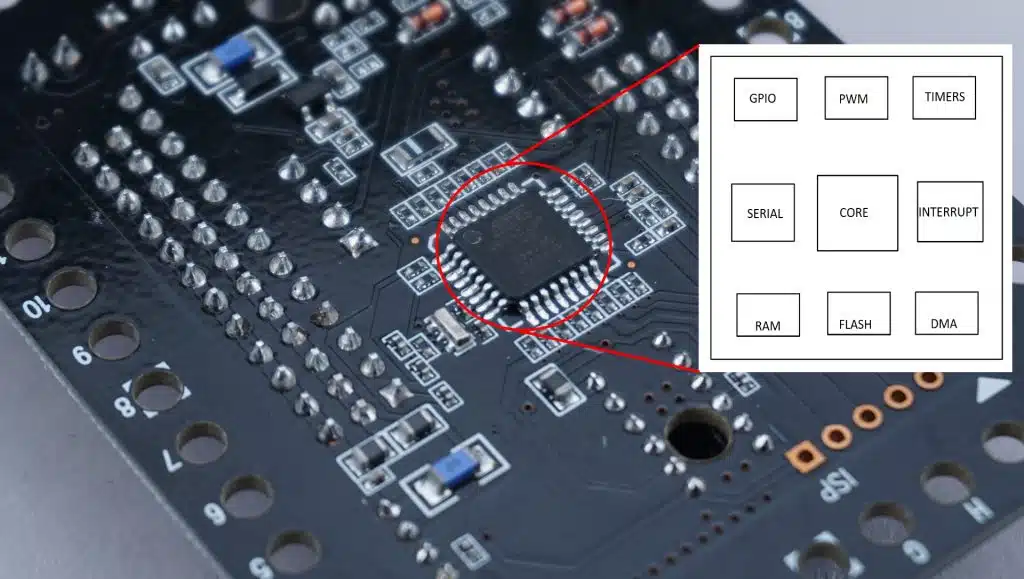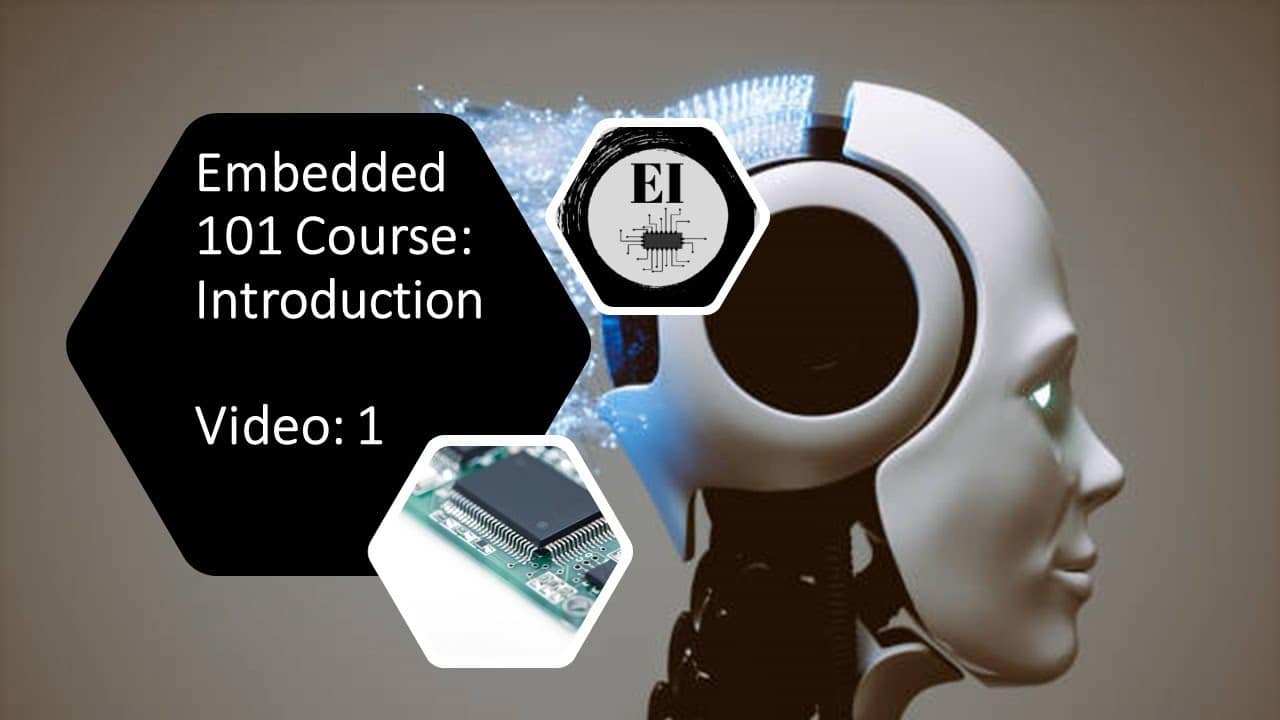Hello inventors, welcome to our course on Embedded Systems! I hope everyone is as excited as we are!
In this course we are going to start our journey into the strange yet spectacular world of embedded systems, the place where the software meets the hardware!
What can you expect from this course?
Let us first see what skills you will learn and what type of projects you will be able to do all by yourself by the end of the course.
First our focus will be on understanding what embedded system are so that you will be able to spot all the embedded systems around you. (You will be amazed how many there are!)
Then we will get all nerdy ,and learn how these embedded system works.
Once you are done with this course, you should have the ability to do all kinds of cool stuff like
- get all nerdy like iron man and learn how these systems work! and
- build your dream hobby projects from the ground up and turn a bunch of chips and electronic components into fancy embedded systems that does what we want it to do!
Who is this course for?
This course is for you
- if you have a love for building things!
- if you have always looked at a PCB with curiosity and wondered how does this sorcery work!
- if you are looking for a hobby that involves fancy DIY electronic projects to do in your free time
- if you are a student of Electronics or Computer Science and you are considering embedded systems as a possible career option
- if you are a professional wishing to change your field of work to Embedded engineering
- if you always wondered what those pins in Raspberry Pi are for OR
- if you are a already working as an Embedded Engineer and you just want to something more interesting than Netflix to watch in your evenings!
Prerequisites
This course, being an introductory course, does not need any specific prerequisites. The only prerequisite you need to have is curiosity and interest to learn embedded systems.
When the time comes for you to build your own projects, you can always pick up a book and start learning as you do things. People say “Learning by doing” is the best way to learn, but from my experience “Learning WHILE doing” seems to be a more effective method!
If this course gets enough attention from wonderful minds like yours, we will add more courses in the future, to take you in the journey from a complete beginner to a professional who builds the state-of-the-art embedded systems!
Making a course is a lot of hard work and this is my first course, and our time and resources are limited, so I hope you can understand why we are not able to promise you anything at the moment about our future courses!
Type of material we provide
Some of us learn best through reading while other learn best through watching videos. To accommodate both types of students, we have made 2 types of resources,
- these articles (1 article per lesson) and
- YouTube videos (1 video per lesson)
You can choose to follow whichever format you like best! For best results, we recommend doing both. First watch the lesson on YouTube, then come on over here to the website and read the article, and take notes as you read!
The video for the first lesson of this course is shown below.
Alright, let us continue on with this lesson!
How this course is organized
This course consists of 4 sections
Section#1: Introduction
Section#1 will Introduce you to the engineering field of embedded systems.
Here you will
- learn about embedded software, the different types of it and how to wield their powers to instruct the hardware what to do and when to do it!
- learn about embedded hardware, the various tools and technologies used to build those
- tools you can use to make your proof of concepts like development boards, and
- some examples of development boards (other than Arduino and Raspberry Pi) that you can build your prototypes on top of.
Section#2: Microcontrollers
Section#2 will focus on the most important component of any embedded system, the microcontroller.
Here you will
- learn what microcontrollers are and how these small chips can do incredible things,
- learn about the how the brains of every embedded system work by looking at the different processor architectures
- see the bigger picture and learn how microcontrollers fit into an embedded system to control the various inputs and outputs
- a simple demo of how software controls the hardware.
Section#3: Peripherals

Section#3 will focus on the most interesting part of the microcontrollers “the peripherals”. A typical computer will have
- a processor to act as a brain
- a hard drive to serve as long term memory
- a RAM to serve as short term memory and
- Graphics cards to deal with videos, etc.
In the embedded world, the computing needs are fairly low compared to that of modern day desktops and laptops, so all the necessary parts are packaged together into chips to make the hardware design easier.
In other words
Microcontroller is basically a package of various electronic parts needed to fulfill a certain function.
The main part, as we know is the processor. This section is all about learning what does a microcontroller contain other than the processor. All these other parts are known as peripherals. These can include
- General Purpose Input and Output a.k.a GPIO (these pins you see on Arduino and Raspberry Pi)
- Memory: Learn about the 3 levels of memory used in microcontrollers and how they are used to execute our orders
- how various types of memory is organized, to let us programmers talk to the peripherals and
- learn about how microcontrollers keep times by looking at the Timer peripheral.
Section#4: Driver Development
If you have been using the computer for a long time, I am sure you have been introduced to the term “device driver”.
This section is all about demystifying that term and see how you can build some simple device drivers!
How to follow along
We have designed this course so that all you need to do is watch the video with maximum attention and you don’t need to buy some fancy development boards or reference books.
If the inventor in you is itching to buy some toys you can find affiliate links to amazon for all the tools we recommended here!
We hope you are as excited as we are!
We are planning on releasing 1 lesson per week for the next 16 weeks so tune-in to our website and the YouTube channel for updates!
Feel free to share this with course with your friends and colleagues!
We will see you in the next week with the next lesson to take our next step in our journey to become real inventors!

